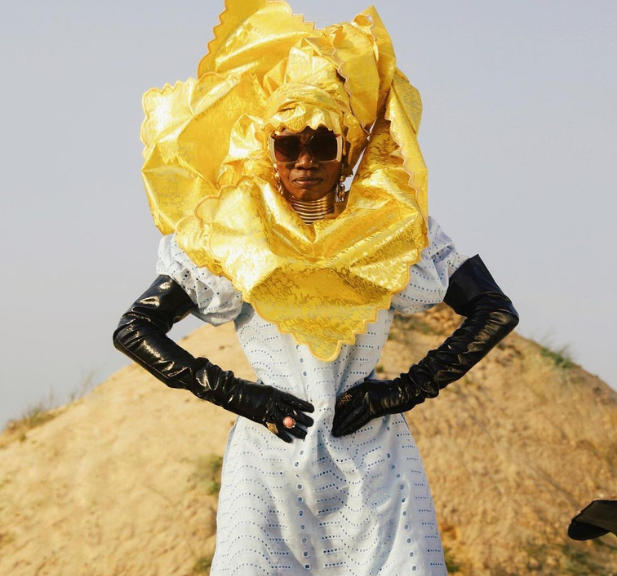How a symbol of survival became a global statement of identity
A Legacy of Style and Resistance For generations, the head wrap has been more than fabric—it has been a symbol of dignity, culture, and survival. While often associated with fashion today, its roots trace back to deeply personal and political histories that span continents.
From West Africa to the American South, the head wrap has evolved as a visual language of resistance, identity, and pride. For Black women, it has served both as protection and as power—carried across oceans, passed down through generations, and adapted into every space we’ve entered.
Cultural Significance Across the Diaspora
In various African cultures, head wraps—called gele, duku, or ichafu depending on the region—signify status, spirituality, or celebration. The colors, folds, and occasions often carry deep meaning, communicating everything from marital status to mourning or joy.
During enslavement and colonization, this expression was weaponized and regulated. In 18th-century Louisiana, the Tignon Laws forced Black women to cover their hair in public to mark them as inferior. But in true Black fashion, what was intended as suppression became a tool of rebellion. Women tied elaborate, vibrant wraps that not only complied with the law—but radiated resistance and style.
From Oppression to Empowerment
The head wrap’s reclamation is one of triumph. In the 1960s and ’70s, the wrap became an emblem of the Black Power and Pan-African movements—worn boldly as a declaration of cultural pride and political presence.
“For Black women, the head wrap has always been more than a style—it’s a declaration of identity, pride, and legacy.”
Today, it continues to evolve—seen on runways, red carpets, and city streets from Accra to Atlanta. It bridges tradition with trend, ancestors with modernity.
Why It Still Matters
Wearing a head wrap today is often both personal and collective. It can be a nod to heritage, a shield in spaces that misunderstand us, or a form of self-love. It tells a story—one that began before us and will continue after us.
Reclaiming Beauty, Reconnecting with Self
The head wrap is not a trend. It’s a tradition. And like so many traditions from the African diaspora, it carries both weight and beauty. Whether you tie yours before a night out, a spiritual gathering, or a solo flight across the world—it’s a powerful act of remembrance and celebration.
✈️ Rooted & Roaming | Travel with Intention
At Jelani Travel, we celebrate cultural symbols like the head wrap not as costume, but as connection. Our trips center heritage, community, and pride—so you can travel not just to see the world, but to see yourself in it.
